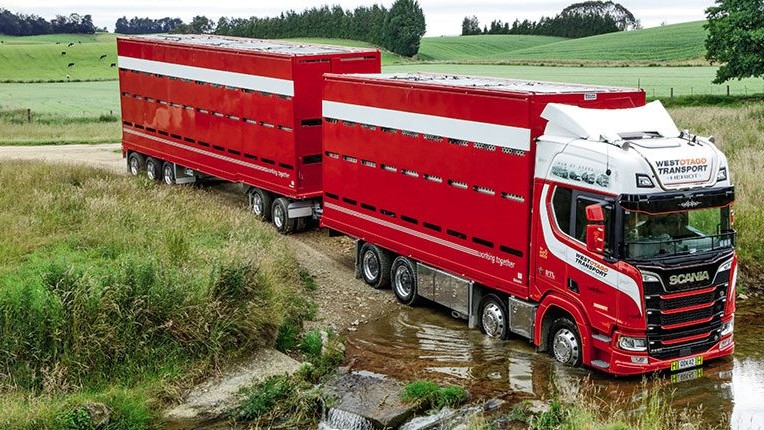
Red trucks have serviced the rural community of West Otago for close to three- quarters of a century. Meet a man who has been behind the wheel of a West Otago Transport- branded truck for two-thirds of that time.
Road Transport Logistics (RTL) is an Otago-based rural transport business that encompasses four brands, Beckers Transport, Clinton Waipahi Holdings, Tuapeka Transport and West Otago Transport.
Owned by the Robertson family, the business operates 57 trucks from seven strategic locations.
The operations mantra is ‘working together to provide the best solution to the needs of their clientele’, with the utilisation of equipment being paramount.
Opportunities to manage the variation in seasonal workloads are handled by bringing in trucks from other depots to help out, ensuring customers get the best service possible.
RTL continues to use the liveries of its founding companies, enabling each community a connection with its local carrier.
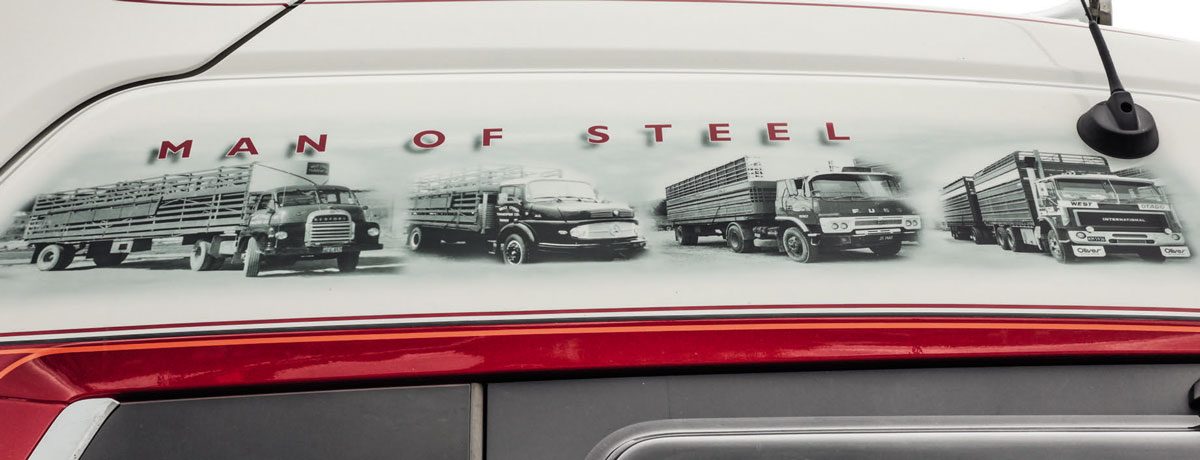
West Otago Transport had its beginnings in 1956 with the amalgamation of Edievale Transport and Heriot Transport.
Errol Steel joined the company on 15 February 1979. At the time he was a self-employed agricultural contractor, mainly doing vacuum silage, when the work suddenly stopped.
He explains that the farm consultants of the era told the farmers that they didn’t need to make winter feed. “I went from having nine months’ work each year to nine weeks.”
In this era, West Otago Transport was owned by Charlie Brenssell, Ken Thompson and Jim McCabe.
Charlie and Ken arrived on Errol’s doorstep one evening, saying a sower [fertiliser spreader] was sitting in the yard for him to drive “whenever it suited him”.
Errol took up the offer and began his truck driving career behind the wheel of a Commer Hi-Line, spreading fertiliser on farms around the district.
His initiation to the livestock cartage trade came shortly after, behind the wheel of the company’s Bedford S Series 4×2 tractor unit and single-axle semi-trailer.
Operating in the pre-combination stock crate era, the Bedford had a single-deck cattle box and a two-deck crawl-through sheep crate, which were swapped depending on what was being carted.
Work in the pre-deregulation era was largely localised. Heriot was located at the end of the Tapanui branch railway, and much of the workload involved carting from or to the local rail siding.
Cattle and sheep were brought into Heriot and loaded on the train wagons, many destined for the Burnside saleyards in Dunedin.
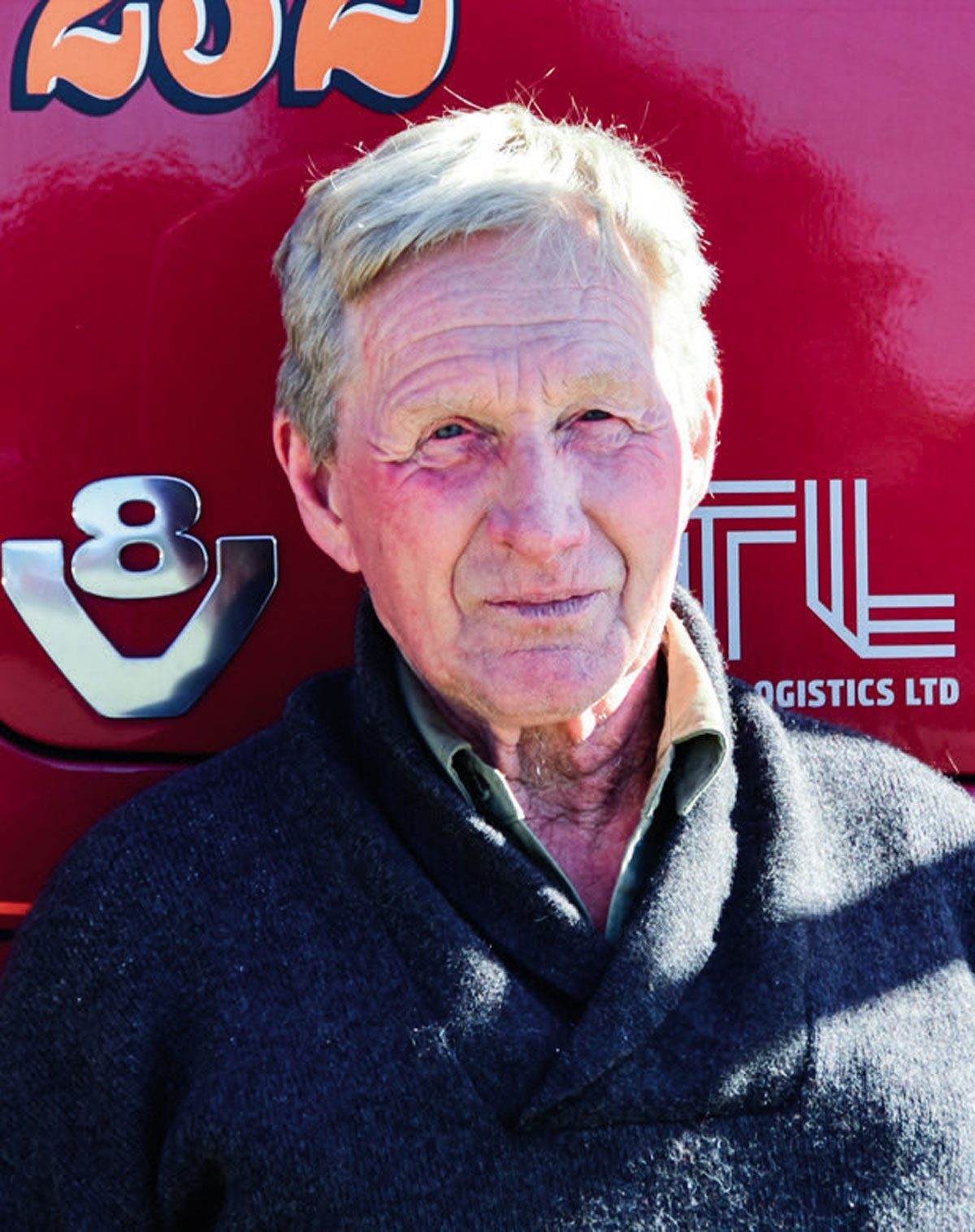
Errol recalls the last-ever load of sheep from the district to depart on rail. “Dale Rea walked a mob from his farm in Crookston (7km away) to Heriot and put them on the train destined for the works in Mataura. The train went to Waipahi where the wagons were supposed to have been attached to a train heading south. They instead ended up in Balclutha and had to wait to be taken back south. Forty- one hours later, they arrived at Mataura.”
Errol had a short interlude from truck driving and worked on a local farm for several months before returning to West Otago.
He returned to drive what was the backbone of many provincial carrier fleets in the 1970s and early 1980s, a Mercedes-Benz 1418 4×2 truck and trailer.
A Mitsubishi Fuso FP112 succeeded the 1418. It was set up similarly to the S Bedford he drove previously, but a combination sheep/cattle crate had superseded the separate crates required for sheep and cattle.
West Otago Transport was sold to Southland Freight Haulage Ltd (FHL) in 1982 and Bernie Osborne, who was with the company at Nightcaps, moved over to manage the Heriot branch.
Errol recalls his time driving the Fuso fondly; under FHL ownership there was a variety of work, including carting aluminium between storage areas and the shipside at the Tīwai Point aluminium smelter, near Bluff.

An International T-Line was his next steed. Work was largely centred around livestock cartage. However, during the off-season, a set of Harmon bins was fitted to the decks on occasion for carting lime and fertiliser.
Southland Frozen Meat and Produce Export Company, a large meat processing company with plants located at Mataura and Makarewa (north of Invercargill) had a shareholding in FHL.
In order to keep their southern plants operating at capacity, at a certain time of year sheep were sourced from throughout Canterbury.
Bill Gutsell, livestock despatcher from the Gore branch, worked out of the Hotel Ashburton during this period, organising up to a dozen FHL trucks from various depots involved in ferrying the stock south.
One of a pair of Volvo F10s purchased initially by West Otago Transport was Errol’s next truck, and he and the Volvo covered some ground bringing livestock to Southland from Canterbury.
FHL became part of the ill-fated Transpac venture in 1986. An enduring memory from the era for Errol was the removal of the aluminium bull bar from his Volvo. “Someone got a grinder and just cut the uprights off. Not tidy,” he says.
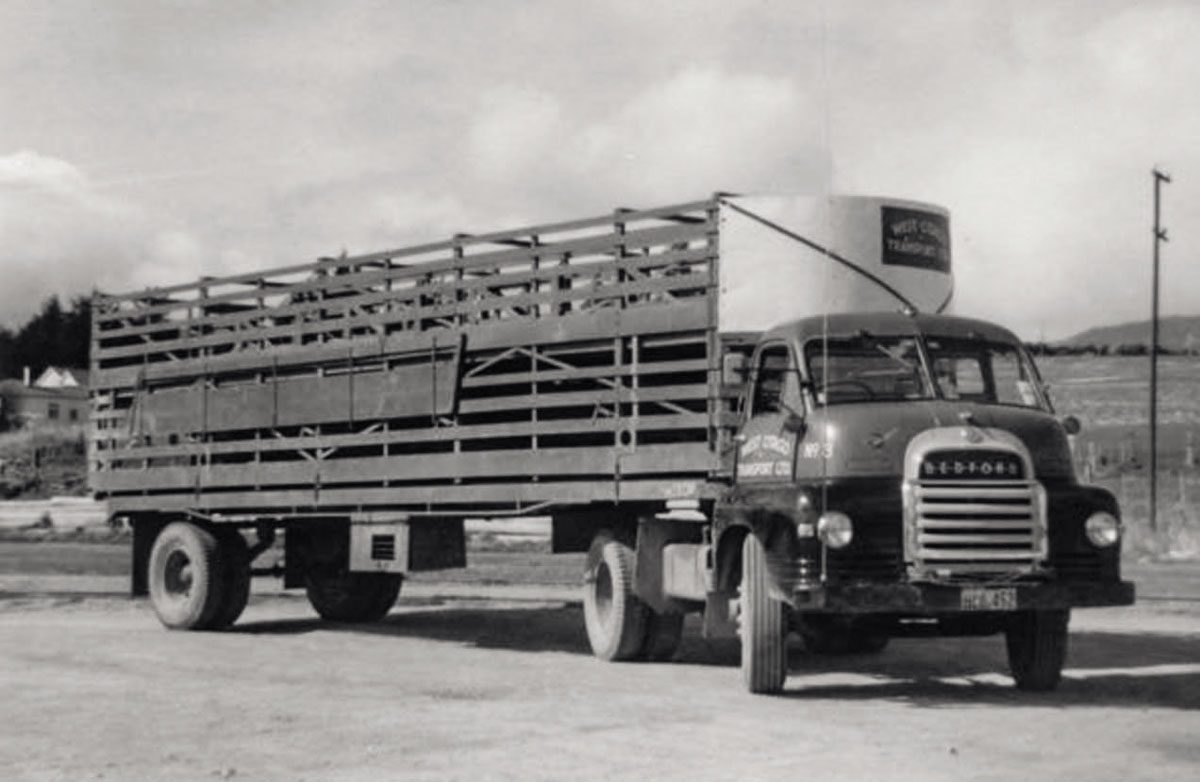
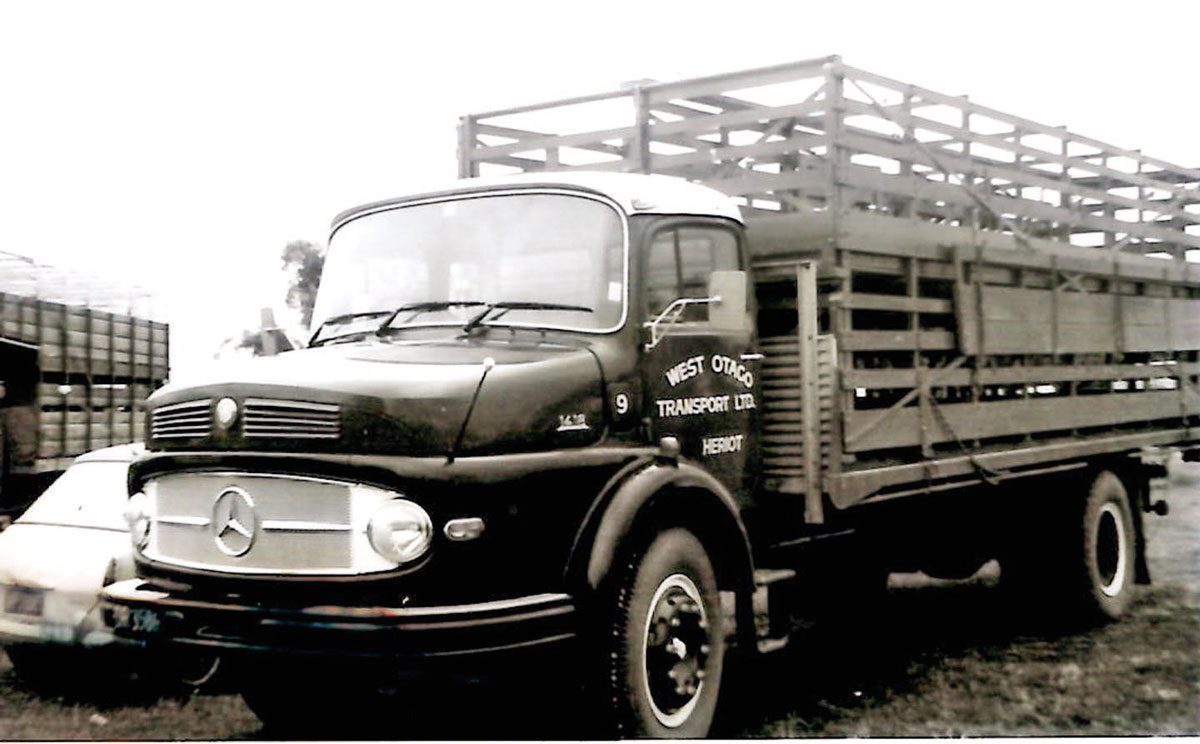
At the time of Transpac’s demise, the F10 was in North Canterbury and each asset stayed in the depot where they were when the receiver’s hammer fell. Included in this was Errol’s personal gear and tools, never to be seen again.
Bernie Osborne, Jim Dynes of Dynes Transport fame, and local farmer Richard Davison combined to buy the Heriot operation and the West Otago Transport name re-emerged in December 1988.
Four-deck trailers became in vogue during the early 1990s and Highway Man was one of a pair of MAN 30.422s put to work in front of Sutton Mono trailers by West Otago.
Due to a general shift in land use, the equipment used in rural transport underwent massive changes, Errol recalls. Much of the flat land around West Otago, previously home to mainly sheep and mixed cropping properties, was being converted to dairying operations.
Climbing out of the Volvo and into the MAN signalled the introduction of low-profile tyres, the end of carrying spare wheels, and the change in crate construction from steel to mainly aluminium.
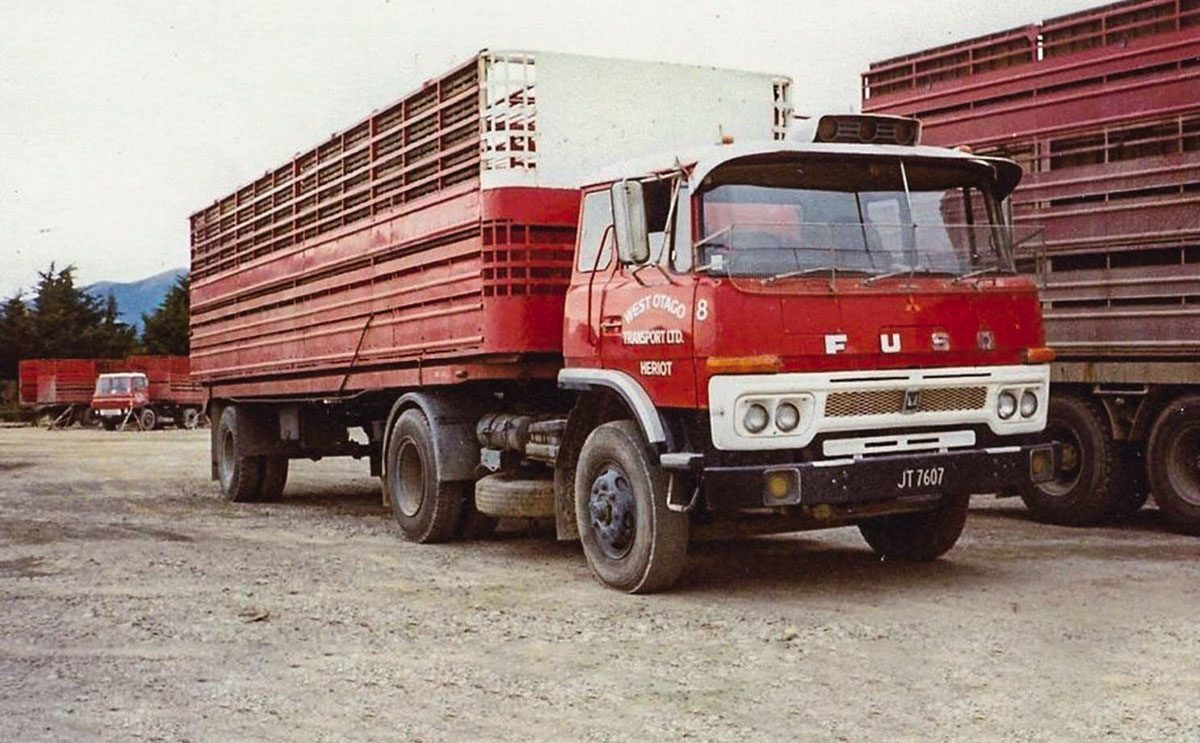
Errol believes advances in communication following the advent of mobile phones were another turning point for the industry. Previously, the only communication with base was by way of the radiotelephone. Errol was an early embracer of technology and purchased his own mobile phone long before they were a standard fixture.
Almost 2,000,000km were clocked up in a pair of DAFs, firstly a CF85 510 that was Errol’s first brand new truck, followed by an XF105.
With the XF coming up for replacement, RTL operations manager Bruce Robertson explains the company wanted to mark Errol’s service with something a little different for what would potentially be his last truck.
RTL runs several Scanias in the Beckers’ livery and in ground-spreading applications across the company.
It’s a brand that Bruce has a soft spot for, having spent time behind the wheel of one during his driving career.

“Scania is quite a variation from our usual replacement policy at West Otago; we just wanted this one to be a bit special,” says Bruce.
“There’s nothing wrong with any of the other product we run here. We just wanted this truck to have some useful safety technology, and both comfort and chassis height were also considerations.”
A Scania R650 fitted all these requirements. The ability to spec a truck with an air-bag front suspension was seen as a good move. Being able to raise the front end clear of obstacles when accessing rural properties was also seen as advantageous.
RTL is very much a family business. Bruce and wife, Shona, have operated the company in partnership for many years, with Shona fulfilling the role of chief executive officer.
The next generation of Robertsons, daughter Sydney and son Tait, came up with a stripe design that fitted with the rest of the West Otago fleet, but particularly suited the Scania’s rounded cab lines.
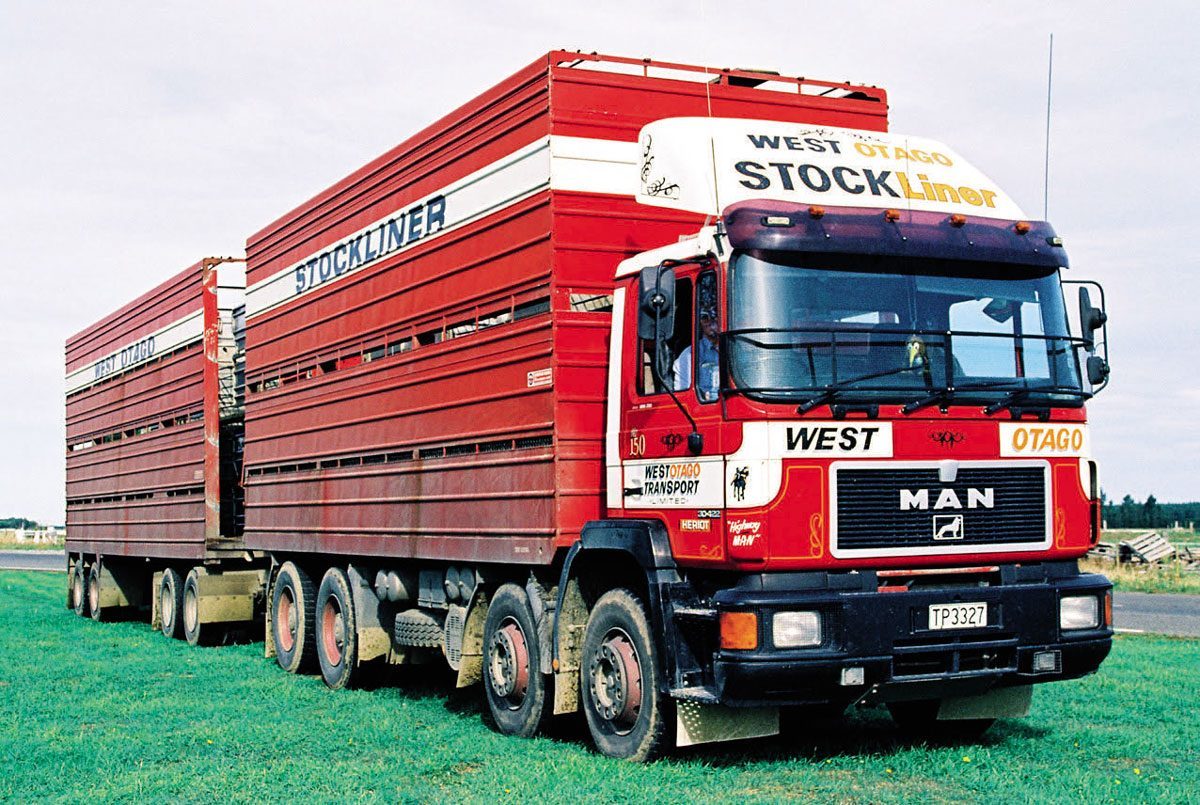
MD Engineering built the five-axle trailer towed by the Scania. RTL predominately runs MD gear on livestock and the company is very complimentary of the product Michael Jelley and his team produce.
Likewise, the operation has a long relationship with Blair Cochrane at Delta Stock Crates in Tīmaru. “Delta have always been good to us; they’ve provided good service,” Bruce says.
RTL is very proactive in pursuing new technology or features that make the drivers’ work easier.
Springs have been fitted to all the second-deck left-side sheep floors to assist with lifting them up during the unloading process.
Both crates are full four-deckers; the truck is 7.6m (25ft) long, and the trailer measures 10.7m (35ft) in length.
RTL has found that this combination suits the operation well, both in terms of the pen size for the animals and the capacity for loading store stock.
Andrew Geddes of Tīmaru Signs & Graphix worked with Bruce to create a little pictorial tribute on the side of the Scania’s roof, featuring pictures of some trucks Errol had driven.
It carries the name Man of Steel, a neat descriptor Errol has become known by in the industry.
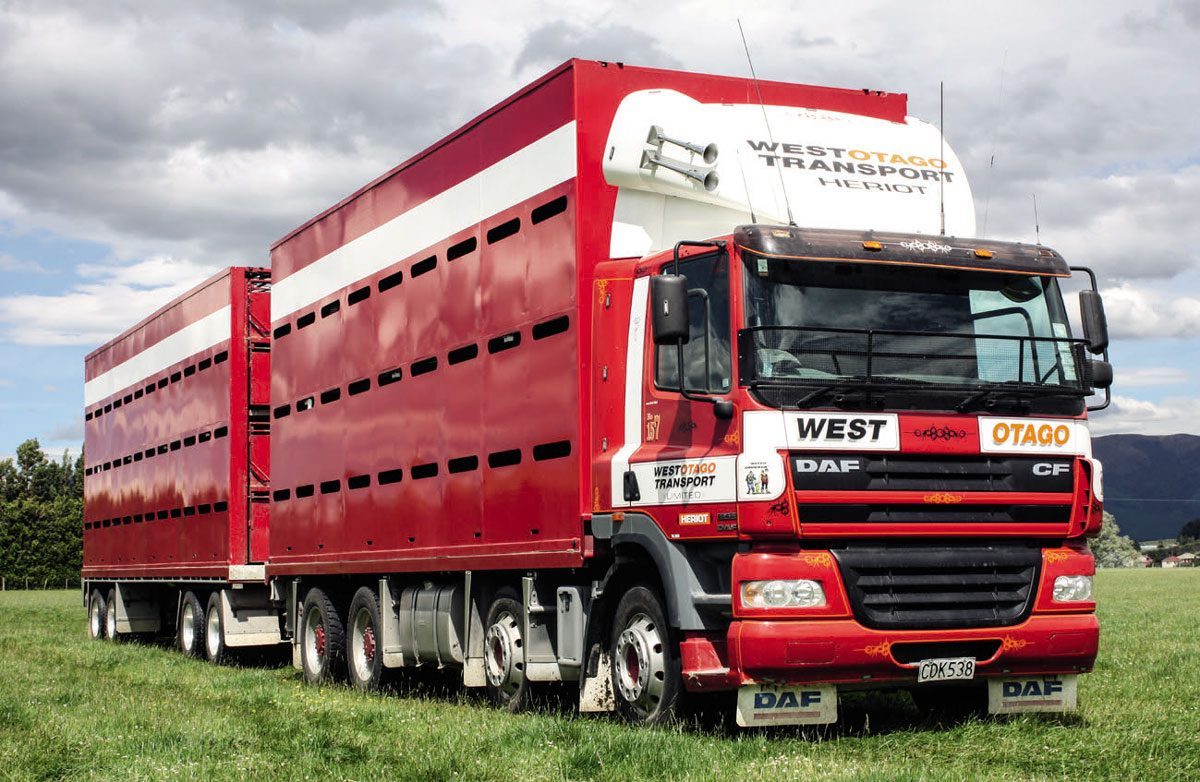
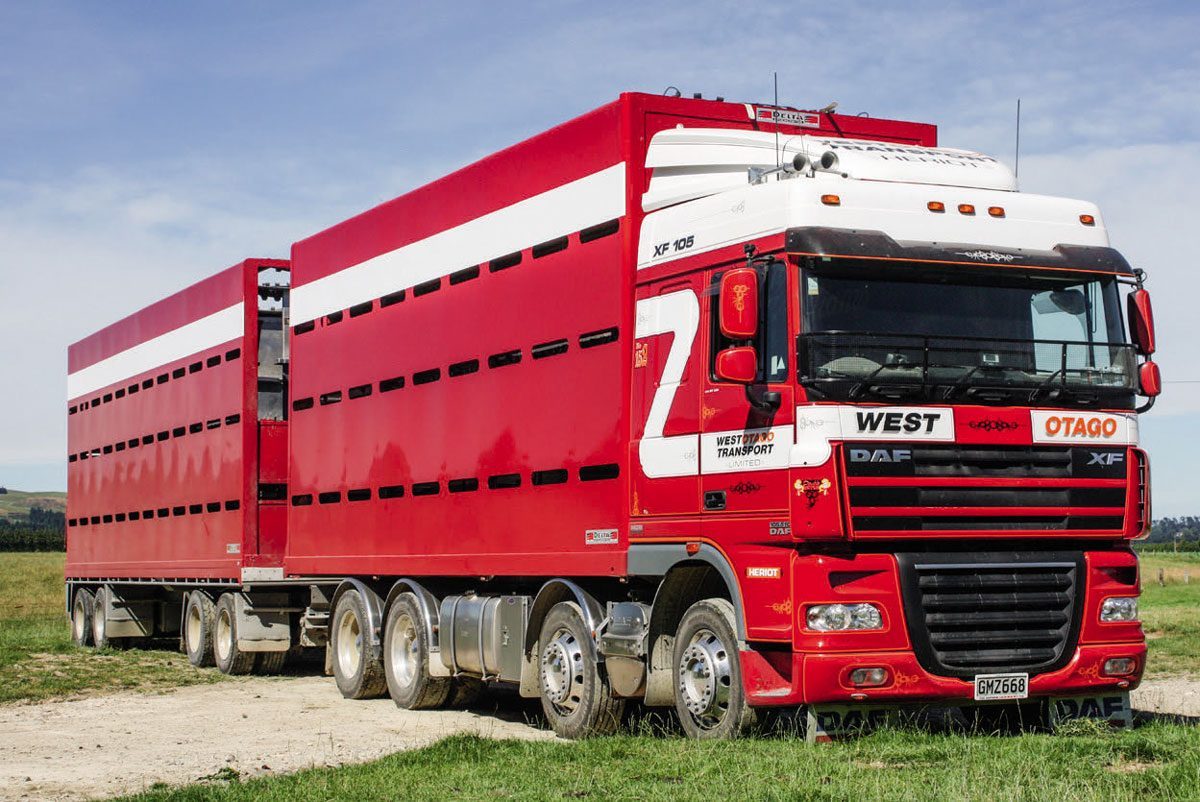
At 75 years of age, Errol reckons he still has a bit of work left in him. In his words, he can’t retire yet because “Bruce keeps finding me another job to do”.
A good-looking, well-set-up truck operated by a progressive business and driven by a man with a comparable level of commitment to serving the rural community, make the Road Transport Logistics Scania R650 a deserving winner of New Zealand Trucking’s Top Truck award for June 2024.
The final word comes from Bruce Robertson, who says, “It is quite humbling to have someone with you for so many years. His long driving career and service to the company is very much appreciated by us all.”
Read more
The Maher Transport Story
0 Comments5 Minutes
A nod to the past
0 Comments5 Minutes
Highway illusion
0 Comments6 Minutes





